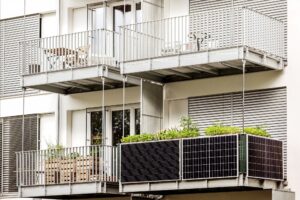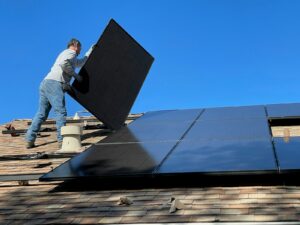The Strand has become the first place in London to breach annual legal limits for nitrogen dioxide (NO2) in 2019.
Provisional data released by the London Air Quality Network at King’s College London found that the major thoroughfare recorded its 19th hour above the NO2 threshold during 11am and 12pm on July 25 2019.
According to EU rules observed by the UK, sites must not exceed a maximum NO2 concentration of 200µg/m3 for more than 18 hours over a whole year.
However, scientists at King’s College London said the incident shows that London is in fact making progress in improving its air quality as the capital breached annual limits in the first week of January as recently as 2017.
‘It may seem odd to say this but there is actually a good news story behind this,’ said Dr Gary Fuller from King’s College London.
Dr Fuller noted the ‘dramatic improvements’ in NO2 levels at many of London’s air pollution hotspots, such as Putney High Street and Oxford Street where NO2 concentrations have halved.
‘Much of this improvement has been due to the Mayor [of London Sadiq Khan]’s programme of investment in new lower pollution buses but lower exhaust emission from new lorries will have helped too,’ he added.
The Strand recorded its 19th hour above the maximum NO2 threshold on July 25 2019, making it the first place in London to exceed EU annual NO2 limits for 2019.While Dr Fuller acknowledged that London’s air quality is slowly getting better, he pointed out that the capital still has a significant problem with NO2 pollution, with the Strand’s rate of improvement much slower than other sites.
He also highlighted that air quality monitoring equipment at Brixton Road — one of London’s most polluted roads, and usually one of the first to breach the annual limit — has been broken since last year, preventing measurements from being taken there.
‘Whilst press and public attention will focus on today’s measurements at The Strand, it is important to note that the majority of main roads in London regularly breach legal values for NO2,’ Dr Fuller concluded.
Earlier this year the Mayor of London Sadiq Khan implemented his new Ultra Low Emissions Zone (ULEV), which charges vehicles entering central London if they do not meet high emissions standards.
City Hall currently aims for all single-deck buses entering the ULEZ to be electric or hydrogen by 2020, by which time it also wants the whole TfL fleet to meet Euro 6 standards.
However, last week a DVSA report raised concern that the Euro 6 standard, which low emission zones like the ULEZ are based on, may not deliver the air quality improvements cities expect.
Photo Credit – Bernard Gagnon
















